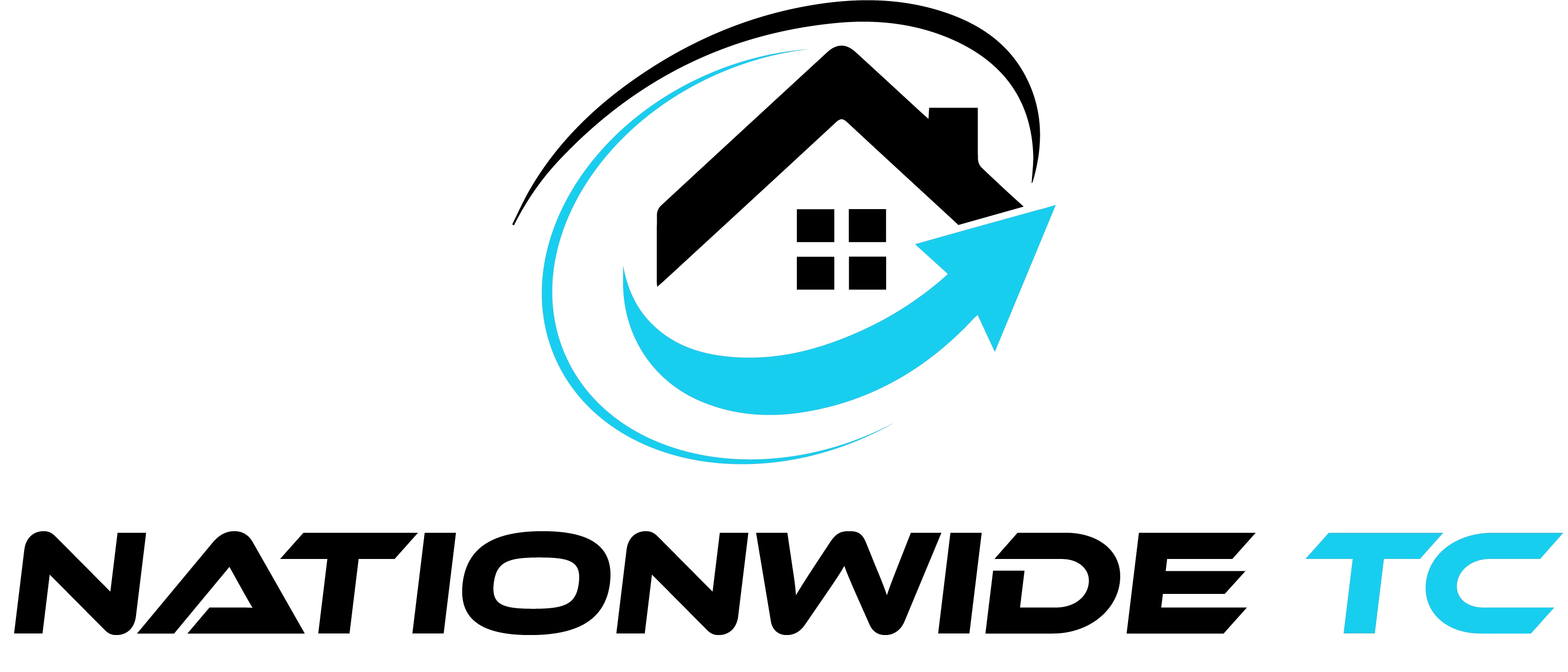No products in the cart.

How to Use Sub-to Financing to Avoid Loan Qualification Requirements
When it comes to real estate investing, financing options are key to your success. One of the most useful methods for securing a property without dealing with traditional loan requirements is through Subto financing. In this blog, we will explore how you can use Subto financing to avoid loan qualification requirements. By understanding the concept and process of Subto, you can unlock opportunities in real estate without the burden of traditional financing hurdles.
What is Subto Financing?
Subto financing is a creative real estate strategy that allows buyers to take over the seller’s existing mortgage. The buyer does not assume the mortgage directly; instead, they continue making the seller’s monthly payments. This can be an advantageous way to acquire properties without needing to qualify for a new loan. Typically, the buyer will structure a deal where they pay the seller’s monthly mortgage directly, often without the need for formal credit checks or down payments.
Through this method, you can avoid many of the stringent requirements imposed by traditional banks. Subto allows investors to bypass the lengthy loan approval process, which can be especially useful if you do not meet traditional qualifications.
Why Use Subto Financing?
There are several reasons why Subto financing is a great option for those looking to avoid the usual loan qualification requirements. First, it allows you to secure a property with little to no money down. Traditional loans often require substantial down payments, but with Subto, you simply take over the existing payments.
Additionally, Subto financing provides a way to bypass the lengthy process of qualifying for a loan. Traditional lenders often require extensive documentation, including credit checks and proof of income. With Subto, these requirements are significantly reduced or even eliminated, which means you can close deals much faster.
Finally, Subto financing can be a useful option for those with less-than-perfect credit. Since the lender is not involved in the transaction, there is no need for a credit check. This opens the door for many investors who might otherwise be unable to qualify for a loan.
How Does Subto Financing Work?
Subto financing works by taking over the existing mortgage on a property without formally assuming the loan. The process begins with a seller agreeing to allow you to take over their mortgage payments. You and the seller negotiate terms, which may include how much you will pay monthly and how long you will continue making payments.
After the agreement is made, you simply take over the payments as if you were the original borrower. The key here is that the seller remains responsible for the mortgage, but you are in charge of making the payments. In most cases, the lender is not notified of the change, so the loan remains in the seller’s name.
One important aspect of Subto financing is the “subject-to” condition. This means that the mortgage is taken “subject to” the existing financing terms. Essentially, the buyer agrees to pay the mortgage, but they are not formally assuming the debt. This allows the buyer to control the property without triggering the need for a new loan application.
Benefits of Subto Financing for Investors
Subto financing provides a number of benefits for real estate investors looking to avoid the loan qualification process. Some of the most notable advantages include:
- No Need for a New Loan: Since you are taking over the seller’s existing mortgage, there is no need to apply for a new loan. This means you do not have to worry about meeting the qualification requirements set by traditional lenders.
- Speed: Subto transactions can close quickly since there is no lengthy loan application or approval process. This allows investors to take advantage of deals faster than they could with traditional financing.
- No Credit Check: Traditional lenders often require credit checks as part of the loan approval process. With Subto financing, however, there is no need for a credit check, making it ideal for buyers with less-than-perfect credit.
- Lower Upfront Costs: Since you are not applying for a traditional loan, Subto financing typically requires little to no money down. This can make it easier for investors to acquire properties with minimal upfront investment.
Potential Risks of Subto Financing
While Subto financing can be an excellent way to avoid traditional loan requirements, it is not without its risks. One of the main risks is that the seller remains responsible for the mortgage. If you fail to make the payments, the seller’s credit could be affected, which could cause complications for both parties.
Additionally, not all sellers may be willing to enter into a Subto agreement. Some sellers may be wary of this type of arrangement, especially if they do not fully understand how it works. It is important to carefully explain the process to the seller and ensure they are comfortable with the terms.
Some mortgages include a “due-on-sale” clause, allowing the lender to demand full loan repayment when the property sells or transfers. This clause complicates a Subto transaction because the lender may require immediate payment of the remaining loan balance.
Key Considerations When Using Subto Financing
Before you pursue a Subto financing strategy, it is important to keep several key considerations in mind:
- Check the Mortgage Terms: Not all mortgages are eligible for Subto financing. Review the terms of the existing mortgage to ensure there is no “due-on-sale” clause that could complicate the transaction.
- Seller Motivation: Sellers who are highly motivated to sell may be more willing to enter into a Subto agreement. Look for sellers who are in financial distress or who need to sell quickly.
- Due Diligence: Just like with any real estate transaction, it is important to conduct due diligence. Make sure you understand the property’s condition, market value, and any potential legal issues.
Subto Financing vs. Traditional Financing
Subto financing differs significantly from traditional mortgage financing. With traditional loans, buyers must apply for a mortgage, undergo a credit check, and provide a down payment. The approval process can take weeks or even months, and not all buyers are approved.
Subto financing lets buyers bypass the loan application process entirely. Instead of applying for a new loan, you take over the seller’s existing mortgage. This approach simplifies the transaction and speeds up the process significantly. Moreover, Subto financing helps buyers avoid strict credit and financial requirements from traditional lenders.
Negotiating Subto Deals
When negotiating a Subto deal, it is important to focus on the seller’s needs. Many sellers who are facing financial difficulties may be open to this type of arrangement. Understanding the seller’s situation and presenting the benefits of Subto financing can help you negotiate a favorable deal.
Be clear about the terms of the agreement. Ensure that both you and the seller understand what will happen if payments are missed, if the property is sold, or if there are any other complications. Establishing clear expectations upfront can help prevent misunderstandings later.
How to Find Subto Deals
Finding Subto deals requires a strategic approach. Begin by looking for properties where the seller may be facing financial difficulties, such as those in foreclosure or with significant equity. These sellers may be more open to creative financing options like Subto.
You can also network with other investors, real estate agents, and attorneys to identify potential Subto opportunities. Building relationships with professionals who understand Subto financing can help you find deals before they hit the market.
Conclusion: Subto Financing as a Solution for Real Estate Investors
Subto financing is a powerful tool that can help real estate investors avoid traditional loan qualification requirements. By taking over the seller’s mortgage payments, you can secure properties with little upfront cost and no need for credit checks. However, it is important to understand the risks and carefully negotiate terms to ensure the transaction is successful.
If you are looking for a way to avoid the complexities of traditional financing and want to move quickly on real estate deals, Subto financing could be the solution you need. As with any real estate strategy, it is crucial to conduct thorough due diligence and ensure that you are making informed decisions. With the right approach, Subto financing can be a valuable tool in your investment strategy.
Click Here to Learn More About Subject-To Creative Finance!
Click Here to Learn More About Our Subject-To Services!
Book a Free 15 Minute Call Today and Find Out More About Our Services!













